With a cultivated land fund of over 8,600 hectares, but most of it is in hilly areas and is often affected by drought, agricultural production activities face many difficulties. To contribute to local economic growth, the Resolution of the 4th District Party Congress, term 2020-2025, determined: Promoting the restructuring of the agricultural sector towards commodity production, increasing the application of scientific and technological advances, improving the quality and added value of products, sustainable development, and effectively responding to climate change. To successfully implement the above resolution, Thuan Bac district focuses on prioritizing investment in building new production models, focusing on promoting the shift in production structure on the basis of promoting the advantages of each region, irrigation system, strengthening crop conversion activities associated with linking enterprises and cooperatives to consume products for people; increasing the proportion of livestock farming to become the main production sector in the agricultural and forestry structure.
In line with the resolution's objectives, the District Party Committee and the District People's Committee promptly issued many leadership and direction documents; notably, the establishment of a group to mobilize people to convert crops on rice fields has seen positive changes, initially forming key agricultural production areas with high productivity and quality. In some areas where crops have been converted in the district, it can be clearly seen that the economic practices of the people have changed significantly, with many new crops being selected for cultivation to replace rice, closely linked to the consumption market. Mr. Tran Van Ben, An Dat village, Loi Hai commune shared: Ray So field used to be mainly used for rice cultivation, but now the commune has planned over 10 hectares for growing vegetables, thanks to the irrigation system and electricity lines, which are very convenient for production; people mainly grow short-term crops, saving water for a much higher income than growing rice. My family has 3 sao of land, every year we rotate chili, golden melon, beans of all kinds, each crop is estimated to earn about 10 million VND/sao.
With the focus on investment in agricultural and rural infrastructure, especially intra-field traffic, canals, and irrigation works, production activities have become more convenient; up to now, the district has identified a number of crops suitable for the soil conditions of each region and locality; many new and effective models have been replicated. In addition to maintaining a stable rice production area of over 6,500 hectares/year, with an average yield of 6.2 tons/ha, local farmers also focus on producing other crops such as corn, green beans, sesame, aloe vera, cashews and some fruit trees, with an area of over 2,500 hectares. In concentrated production areas, the district has also focused on orienting people to apply science and technology, producing according to VietGAP standards on vegetables and crops; at the same time, calling on businesses and cooperatives to cooperate with farmers to organize production and consume products. The livestock industry continues to develop steadily in the direction of biosafety, livestock and poultry products are oriented to develop in association with the characteristics of mountainous areas, farmers are interested in investing in farms and ranches to raise large numbers, with some key livestock such as cows, goats, sheep, black pigs, and hill chickens. In particular, to improve competitiveness in the market, the locality coordinates with functional sectors to implement solutions to support promotion and brand development; at the same time, replicate models of breeding goats, fattening beef cattle associated with pasture development, helping to increase income, improve the lives of farmers, and accelerate the process of poverty reduction.
Mr. Nguyen Chau Canh, Head of the Department of Agriculture and Environment of Thuan Bac district, said: Thanks to the focused implementation of breakthrough tasks, along with the spirit of innovation and creativity of the people, small-scale, fragmented and unstable production has been gradually eliminated, forming many areas for crop and livestock production suitable to the climate and soil conditions. Up to now, the district has 10 products with OCOP quality from 3-4 stars; forming 7 chains of linkage in production, product consumption with an area of 890 hectares; the production value of the proactive water area reaches over 110 million/ha/year, the livestock industry accounts for 41.59% of the total production value of the agricultural sector; the average income by the end of 2025 is estimated to reach 56 million VND/person/year.
From the achieved results, Thuan Bac district continues to promote the restructuring of the agricultural sector towards commodity production, enhancing the application of scientific and technological advances; synchronously implementing policies to support agricultural and rural development, promoting the improvement of quality and added value of advantageous crops and livestock products... Striving for the average annual increase in the production value of agriculture, forestry and fishery sectors of 4-5%/year.
Hong Lam
Source: https://baoninhthuan.com.vn/news/152314p1c30/thuan-bac-chu-trong-phat-trien-san-pham-nong-nghiep-loi-the.htm


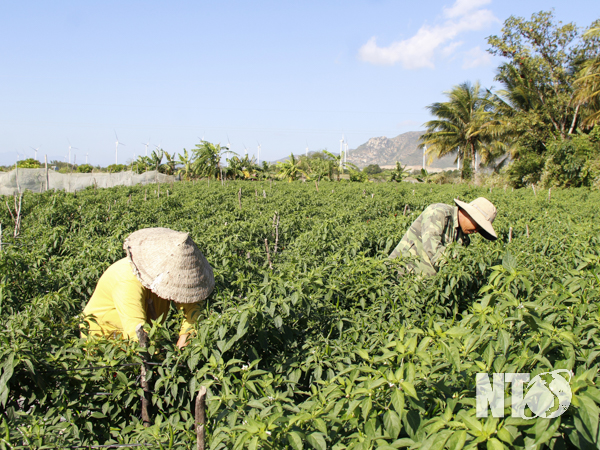




![[Photo] Prime Minister Pham Minh Chinh chairs conference on anti-smuggling, trade fraud, and counterfeit goods](https://vphoto.vietnam.vn/thumb/1200x675/vietnam/resource/IMAGE/2025/5/14/6cd67667e99e4248b7d4f587fd21e37c)

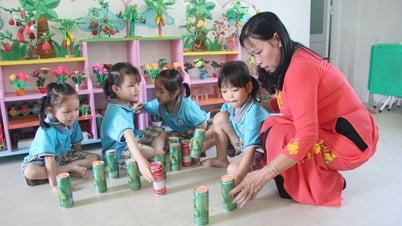

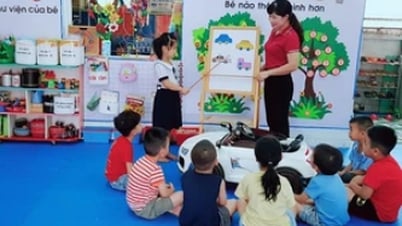



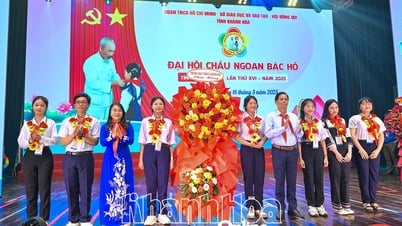
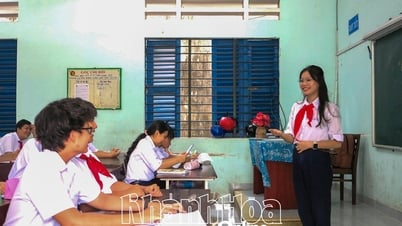







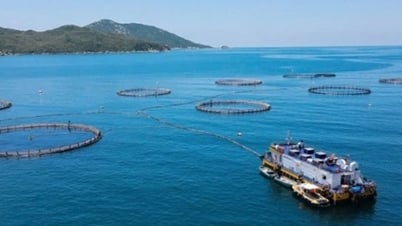
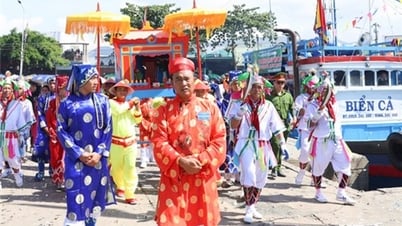
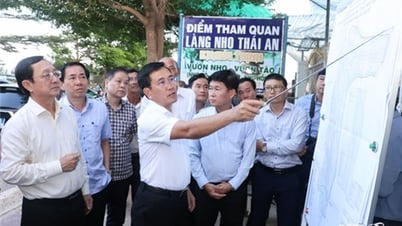
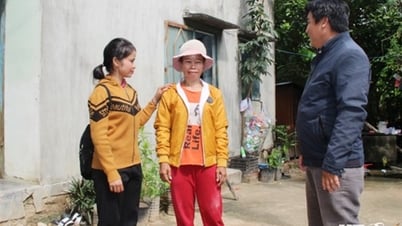
























































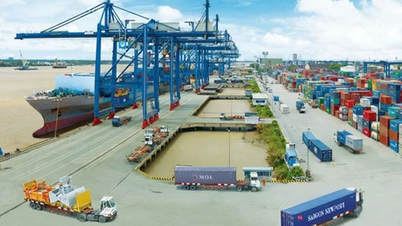







Comment (0)